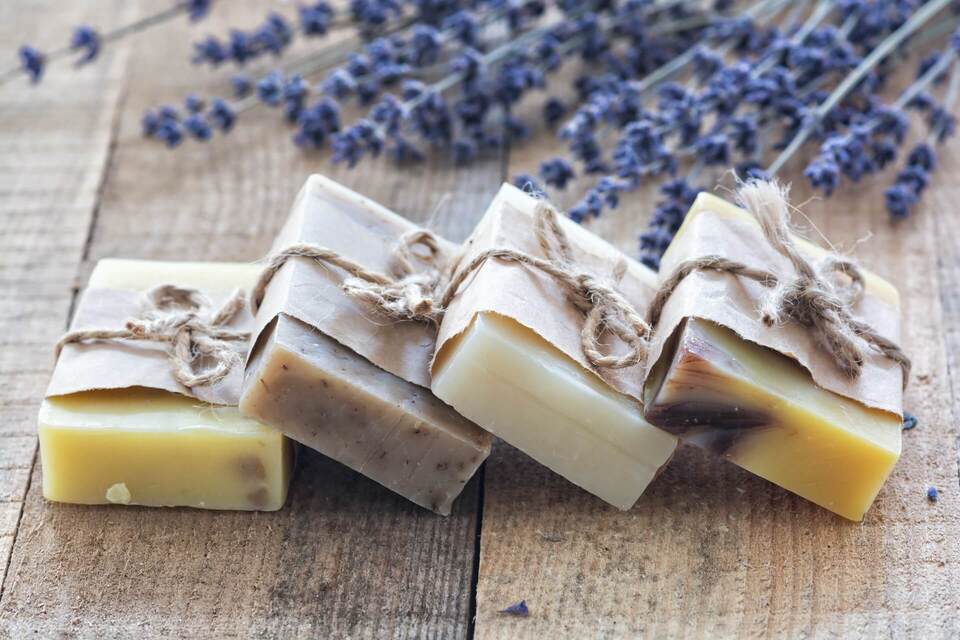Soap is the most consuming defense solution against harmful germs. Actually, soap doesn’t kill germs, it only removes them. When you apply soap with water, the soap molecules act as an intermediator between the water and lipid molecules and bind with both of them at the same time. Then when you rinse everything off, the soap carries away the germs with the water.
History binds with soap
The ancient Babylonians were the first people to make soap. They used animal fats, wood ashes, and water to carve into clay containers to make them.
The ancient Egyptians also developed a special recipe for soap, that can be used also for sores and skin diseases. In the Roman era that soap was used for personal hygiene and prior to that, soap was used as a physician’s tool for treating diseases.
Chemical formula
Soap forms as a reaction between fats and a strong base. The exact chemical formula is C17H35COO– plus a metal cation, (Na+ or K+). The final output molecule is called sodium stearate.
Normally, this formation involves combining potassium hydroxide with an animal or vegetable fat, or maybe with acetic acid. A soap molecule has a hydrophilic “head” and a hydrophobic “tail” made of hydrocarbons. The head of the molecules is attracted and dissolves in water, while the hydrocarbon tail is attracted to dirt and grease.
Making process
For thousands of years, the basic recipe for soap hasn’t changed very much. Basically, it’s a combination of:
- fat or oils
- an alkali basic ionic salt
- water
When those ingredients combine in the proper proportions, they go through a chemical process called saponification, which results in soap. Today, there are two techniques that people use to make soap: the cold process and the hot process.
